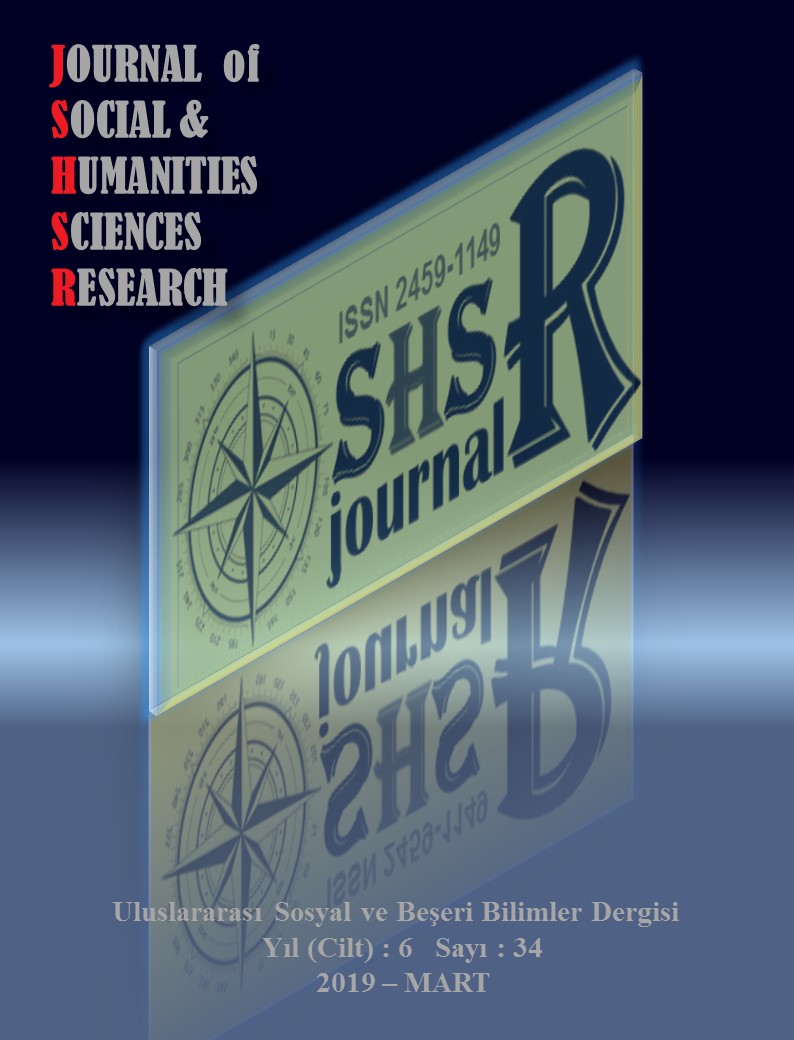VALIDITY OF THE BALASSA-SAMUELSON HYPOTHESIS FOR TURKISH AND SELECTED TURKIC REPUBLIC ECONOMIES BY BOUND TESTING APPROACH
DOI:
https://doi.org/10.26450/jshsr.1111Keywords:
Balassa-Samuelson Hypothesis, Real Effective Exchange Rate, Bound TestingAbstract
Balassa-Samuelson theory or effect explains that a differentiation at international level between the relative rates of productivity of the tradable and non-tradable sectors may cause structural and permanent deviations from the purchasing power parity. In the study, the existence of the Balassa Samuelson effect for the economies of Turkey and 6 selected Turkic republics is tested with the variables included in the analysis. The choice of econometric technique used to estimate the model was important because the repressors in the model appeared to be a mixture of I(0) and I(1) processes. Therefore, ARDL boundary test approach is used for cointegration analysis in estimating the determinants of real exchange rate. The data set and econometric methods used in the analysis do not support the correct results of the B-S hypothesis
Downloads
Published
How to Cite
Issue
Section
License
Copyright (c) 2019 INTERNATIONAL JOURNAL OF SOCIAL HUMANITIES SCIENCES RESEARCH

This work is licensed under a Creative Commons Attribution 4.0 International License.


